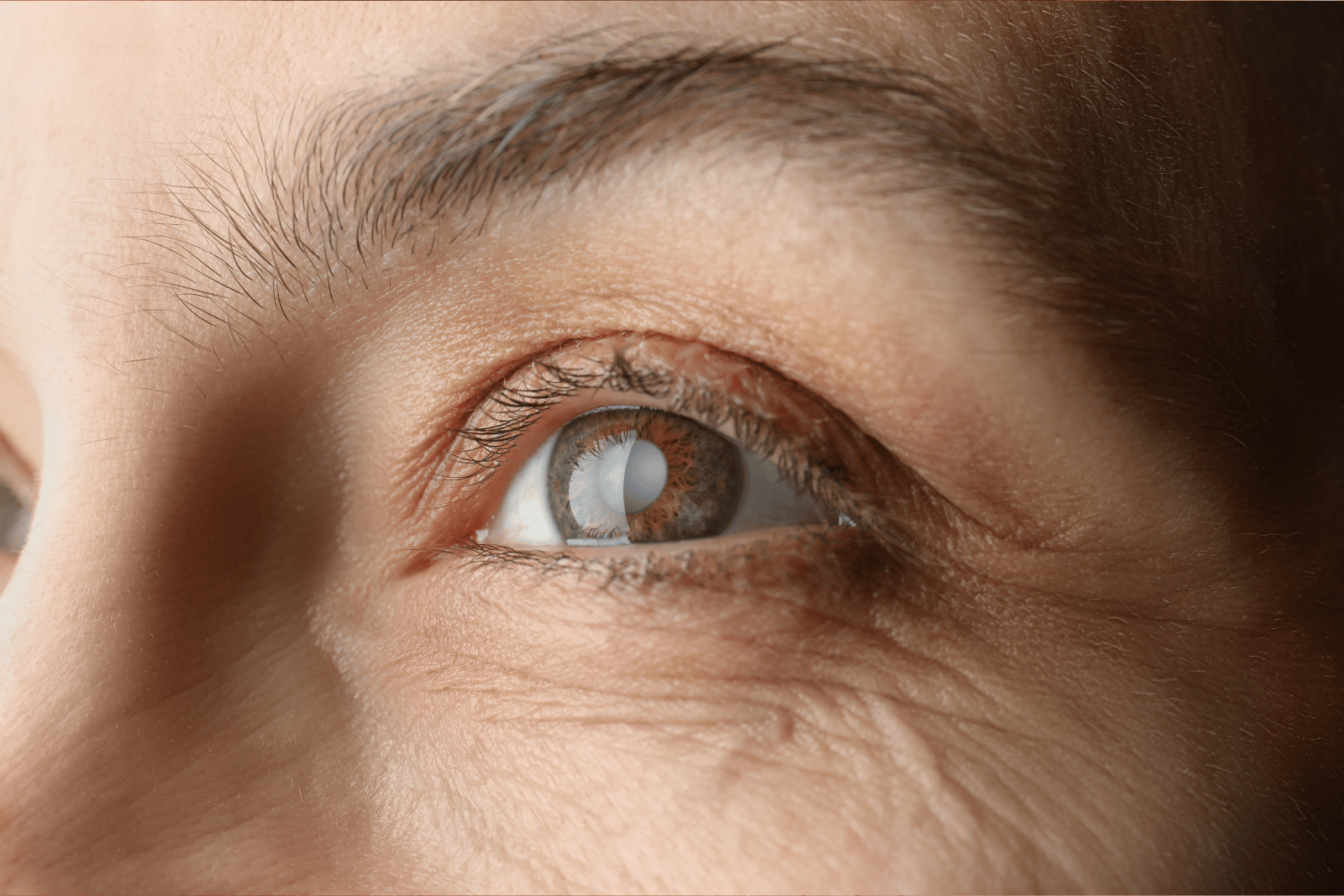
Inside a Cataract Evaluation: What to Expect and Why It’s Crucial
The body experiences many changes as we age – and our eyes are no exception. Over time, it undergoes changes that can impair how it functions, leading to several complications. One of these conditions is called cataracts.
According to the World Health Organization, cataracts are one of the leading causes of eye vision impairment, affecting about 9.4% of documented cases of blurred vision. As this condition progresses, further complications may lead to vision loss.
The good news is that cataracts can be managed and removed through surgery. Unfortunately, many people are unaware of cataracts until their symptoms progress. This is why it’s crucial to undergo a cataract evaluation.
If you’re due for a cataract evaluation soon or want to learn more about how they are conducted, the guide below covers the necessary information.
The Importance of a Cataract Evaluation
Different medical conditions will have different sets of symptoms that indicate the disease or medical condition. These symptoms can overlap, necessitating the performance of various tests to obtain a proper diagnosis.
For instance, blurry or cloudy vision, fading colors, or increased sensitivity to glare can point to different conditions when viewed individually. But collectively, these can present as symptoms of a cataract. However, a cataract evaluation is needed to confirm or rule out the presence of a cataract.
Additionally, once a cataract is confirmed, your doctor will need to perform additional tests to determine whether cataract surgery is required immediately to alleviate your symptoms and improve vision quality. They will also assess your condition to decide whether or not you’re a good candidate for these cataract treatments.
Cataract surgery is a straightforward procedure that involves replacing your cloudy eye lens with a clear one, significantly improving vision quality. It has an incredibly high success rate, with recent studies showing a 97 – 98% success rate in people who have undergone cataract treatments. Generally, those who undergo cataract surgery will regain vision quality shortly after the procedure.
Understanding Your Cataract Evaluation
A cataract evaluation is a comprehensive test designed to assess various aspects of your eye health, detect the presence of cataracts, and determine how severe they are. This thorough evaluation involves a series of tests for visual acuity, the extent of vision loss, glasses prescription, eye pressure, and pupil health.
During a cataract evaluation, your cataract doctor will perform several tests to examine the progression of cataracts in your eyes and their impact on your vision. This may include the following tests:
- Visual Acuity: A simple test that measures your vision by testing how well you see letters on an eye chart (called the Snellen Chart).
- Glare Testing: Evaluates the extent of your sensitivity to glare as a symptom of cataracts.
- Slit-Lamp Examination: Uses a special microscope called a slit lamp to assess the cataract’s size, location, and density.
- Retinal Examination: Special eye drops dilate your pupils to examine the retina and optic nerve to help rule out other eye problems.
- Tonometry: Measures fluid pressure in the eye to screen for glaucoma and other potential complications.
- Pupil Examination: This involves checking your pupils to ensure they react appropriately to light.
Aside from the series of tests needed, cataract evaluation will involve extensive checks on your medical history and lifestyle. This process will help your cataract doctor collect more information that can support the findings of the tests.
Preparation for a Cataract Evaluation
A comprehensive cataract evaluation typically takes hours to complete. Here are some ways you can prepare:
- Make a list of your symptoms. Note any vision changes, such as blurred or cloudy vision, increased sensitivity to light, difficulty seeing at night, or seeing halos around lights. You may also mention any other eye-related symptoms you may be experiencing.
- Gather your medical history. If you have any pre-existing conditions or have undergone previous surgeries, then you will need to prepare this information, as well.
- Prepare a list of all your medications, including over-the-counter (OTC) drugs and supplements. Take special note of allergies or previous adverse reactions to your medication.
- Your eyes may be too dilated after the exam, rendering your vision blurry. Make arrangements for transportation to and from the doctor’s office.
- Write down all possible questions and concerns you may have about cataracts, treatment options, and expected outcomes.
- To ensure the accuracy of the results, make sure you stop wearing your contact lenses in the weeks leading up to the exam. They can temporarily change the shape of your cornea, which may affect the measures taken during the evaluation. Wear your glasses instead.
- If you feel apprehensive or uncomfortable about the test, you may also bring a support person with you to the exam. They can be friends or family members who can accompany you and support you during the evaluation.
Seek Treatment From Trusted Ophthalmology Experts in Austin
Cataracts can impair your vision when allowed to progress. But it doesn’t have to be permanent. A minimally invasive surgical procedure can remove the cataract and help restore your vision – and our experts can help.
For over 60 years, The Eye Institute of Austin has continued to provide leading ophthalmology services that help improve patient quality of life. With a deep commitment to providing exceptional service and treatment, we are ready to serve you and your family’s needs to ensure the best outcome for cataract treatments and other vision problems.
Get the treatment you need from ophthalmology experts in Austin. Contact us to schedule a consultation today!